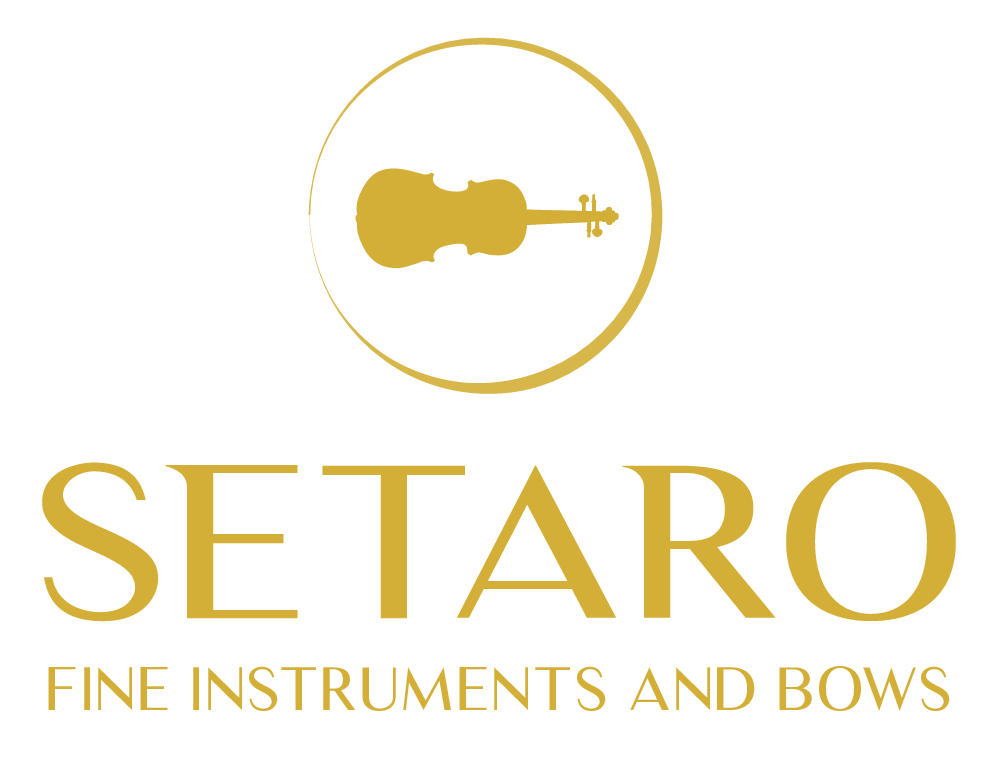After a first apprenticeship by his father John, he further developed his skills with Thomas Powell, to whom he was apprenticed June 17, 1795.He started to work for the renowned William Forster (III) in 1802, and as soon as 1804 he became independent and established his workshop 16 Princes Street. Many of the most famous makers of his time worked for him, as for an example James Brown.
In 1813 Kennedy opened his own workshop in 16, Nassau Street and three years later, in 1816, he opened a larger shop at 364 Oxford Street. He remained in the same shop till June 1849.Kennedy was a prolific maker, working in various grades, from unpurfled instruments with thin dark and cracked varnish to distinguished and superbly finished instruments with a fine transparent spirit varnish.
His cellos are best known, and are often prized as soloists instruments. The model is usually made on a distinctive shortened Nicola Amati model with long middle bouts. The heads are usually carved in the style of Nicola Amati, however with more deeply curved chins, but earlier models also have a typical Jacob Stainer head, in the style of his teacher William Forster.
Most of his work is signed in pencil on the inner surface of the table, and occasionally in ink above the endpin on the lower ribs.
This cello is an example of Thomas Kennedy’s best work in his early period. Transparent varnish and choice of extremely sought after materials give this instrument a very strong and representative character of the work of this famous 19th century luthier.
